Nervous System Hacks for Chronic Pain Warriors
Hi Friend!
If you suffer from nervous system instability and/or chronic illness, this one's for you.
The Polyvagal Theory, developed by Dr. Stephen Porges, helps us understand how our autonomic nervous system regulates responses to stress and trauma. It highlights the role of the vagus nerve in promoting relaxation and social engagement, essential for recovering from chronic stress and illness. Understanding this theory can help us manage our nervous system regulation more effectively.
Lets Get Personal
I'm a 36-year-old woman living with Polyautoimmunity, an autoimmune disease that affects my central nervous and musculoskeletal systems. For over 15 years, I've balanced Western medication, Eastern mindfulness, and lifestyle changes to manage my condition. Despite this, I still face episodes of nervous system dysregulation.
My Symptoms Include:
Anxiety: Sudden, intense bouts without apparent triggers, often linked to past traumas stored in our fascial system.
Pain: Neuropathic pain in my spine, unpredictable in intensity and duration.
Fatigue: Extreme, unrelieved by rest, significantly impacting daily activities.
Cognitive Difficulties: Struggles with memory, concentration, and decision-making during dysregulation episodes.
An Example Episode:
At work, I might suddenly feel overwhelming anxiety, my heart races, my palms sweat, and a sense of impending doom sets in. Despite trying deep breathing exercises, the anxiety worsens. Then, a throbbing pain in my back distracts me from work, and my vision blurs. Fatigue follows, making it difficult to stay awake and focus. Even simple tasks like responding to an email become nearly impossible.
Coping Strategies That Help Me
To manage these episodes, I use various techniques to tap into my body's natural intelligence, to activate the vagus nerve, and to promote relaxation.
Acupressure Points:
Hold each point for 30 seconds. Keeping the pressure on the point move your finger in 5 circles, reverse the direction, and then release.
LI 4 (Large Intestine 4) - Hegu: Located between the thumb and index finger.
LI 1 (Large Intestine 1) - Shangyang: At the corner of the nail bed of the index finger.
Bilateral Stimulation:
Try this process for 5-10 minutes.
Tap knees, thighs, or shoulders alternating.
Mindful Engagement: Focus on distressing thoughts or emotions, allowing yourself to experience them fully without judgment.
5-4-3-2-1 Method (A Mindfulness Technique): Use your senses to notice things around you, working backward from five things you hear, see, touch, smell, and taste.
These accessible and free tools help when natural moods, pain, and feelings shift within us. Remember, our bodies learn from past experiences. Some hold deeper traumas, but with time and effort, these can be unwound. We all need a guide to help us break behavioral routines and evolve into better versions of ourselves.
Make it stand out
In a Letter to my Younger Self
In this video, I share my struggles and how I maintain hope and belief in my body's ability to change.
Book Recommendation:
The Body Keeps the Score:
Brain, Mind, and Body in the Healing of Trauma By Dr. Bessel van der Kolk is a great resource for evidence-based practices in trauma recovery.
In love & alignment,
Maddie



